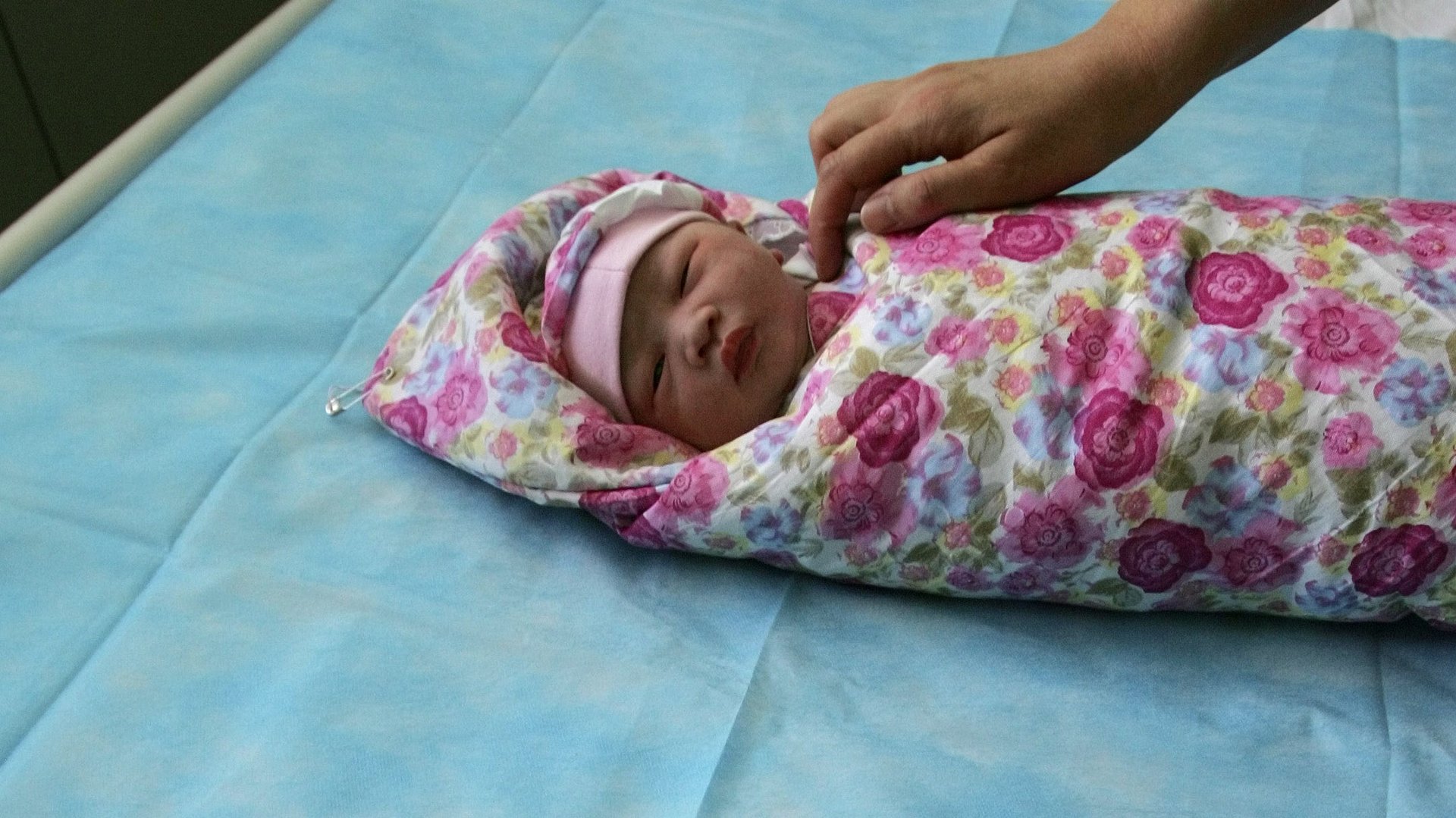China’s ratio of boys to girls is still dangerously high—and it’s the Chinese government’s fault
Premier Wen Jiabao set some new policy priorities in the government work report that he gave today. But he neglected to shake things up on at least one major issue: the one-child policy. “We should adhere to the basic state policy on family planning,” said Wen, in his lone allusion to the matter (pdf, p. 24). There had been promising talk of scrapping the policy, but Wen evidently won’t be the bearer of those tidings.


Premier Wen Jiabao set some new policy priorities in the government work report that he gave today. But he neglected to shake things up on at least one major issue: the one-child policy. “We should adhere to the basic state policy on family planning,” said Wen, in his lone allusion to the matter (pdf, p. 24). There had been promising talk of scrapping the policy, but Wen evidently won’t be the bearer of those tidings.
The policy, which limits urban ethnic-Han couples to a single child, was first implemented in 1979 in large part to offset the population explosion that started in 1949. But the policy has long since outlived any usefulness; research has shown for years that Chinese fertility rates are lower than they need to be to balance out the population. By keeping the policy in place today, the government is imperiling China’s economic growth. The faster-than-expected shrinking of the workforce is driving up labor costs, hurting China’s competitiveness. And the policy exacerbates aging trends that leave China’s future generations bearing the brunt of a disproportionately large retiree population.
But one of the biggest problems it created was China’s yawning gender gap. The cultural preference for boys meant that, for many years, parents used various ways to avoid having a daughter. That meant that many more boys were born than girls; in 2004, the highest year on record, 121.2 boys were born for every 100 girls. As a result, by 2020, there will be between 30 million and 35 million more Chinese men of marrying age than women.
A new data point sheds some light on how things are going on this front. The People’s Daily just reported that the sex ratio in 2012 fell for the fourth consecutive year (link in Chinese).
Time to sigh in relief? Not really. China still has 117.7 baby boys per 100 girls—and that’s well above the danger zone, says Leta Hong Fincher, a sociology doctoral student at Tsinghua University. (Not to mention the fact that it only just barely fell, from 117.78 in 2011 and and 117.94 the year before that.)
“It’s quite absurd to claim any degree of ‘success’ in decreasing the sex ratio imbalance, when the differences in figures from 2010 through 2012 seem to be mere rounding errors,” Fincher told Quartz. “There’s no disguising the fact that China’s sex ratio imbalance remains an alarming demographic problem.”
While ending the one-child policy wouldn’t change cultural preferences, it would definitely be a first step. But Chinese policy tends to be highly consensus-driven—major reform hardly ever happens without a series of pilot programs first. And even with two-child programs underway in four regions of China for years, disagreement among government leadership has stymied those programs’ expansion, Reuters recently reported.
Academics Wang Feng, Yong Cai and Baochang Gu pinpoint another factor, though (pdf, p. 11). A “main force of resistance to policy change,” they write, is the ”huge birth planning apparatus”—the one China created in order to enforce the policy in the first place.